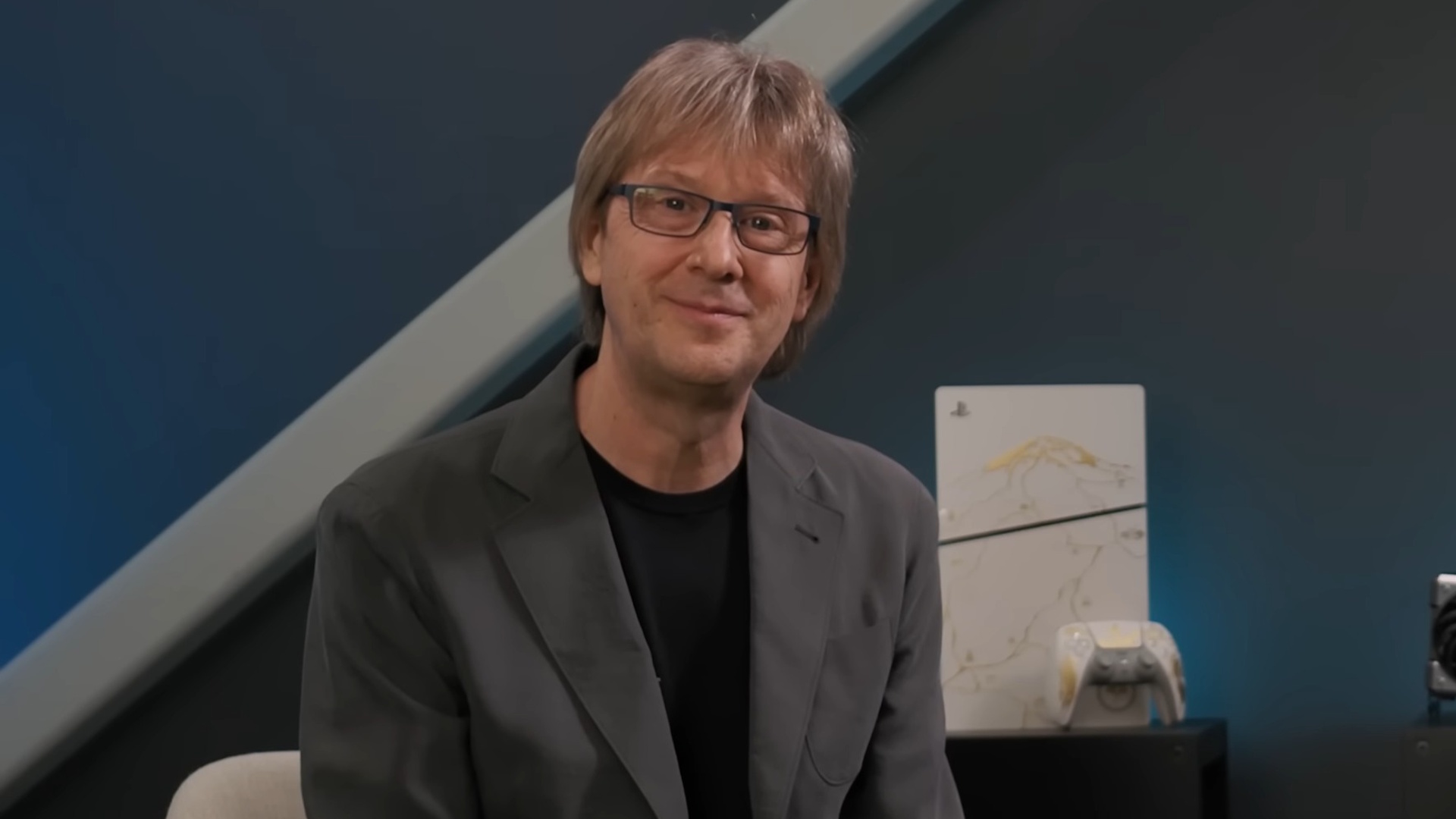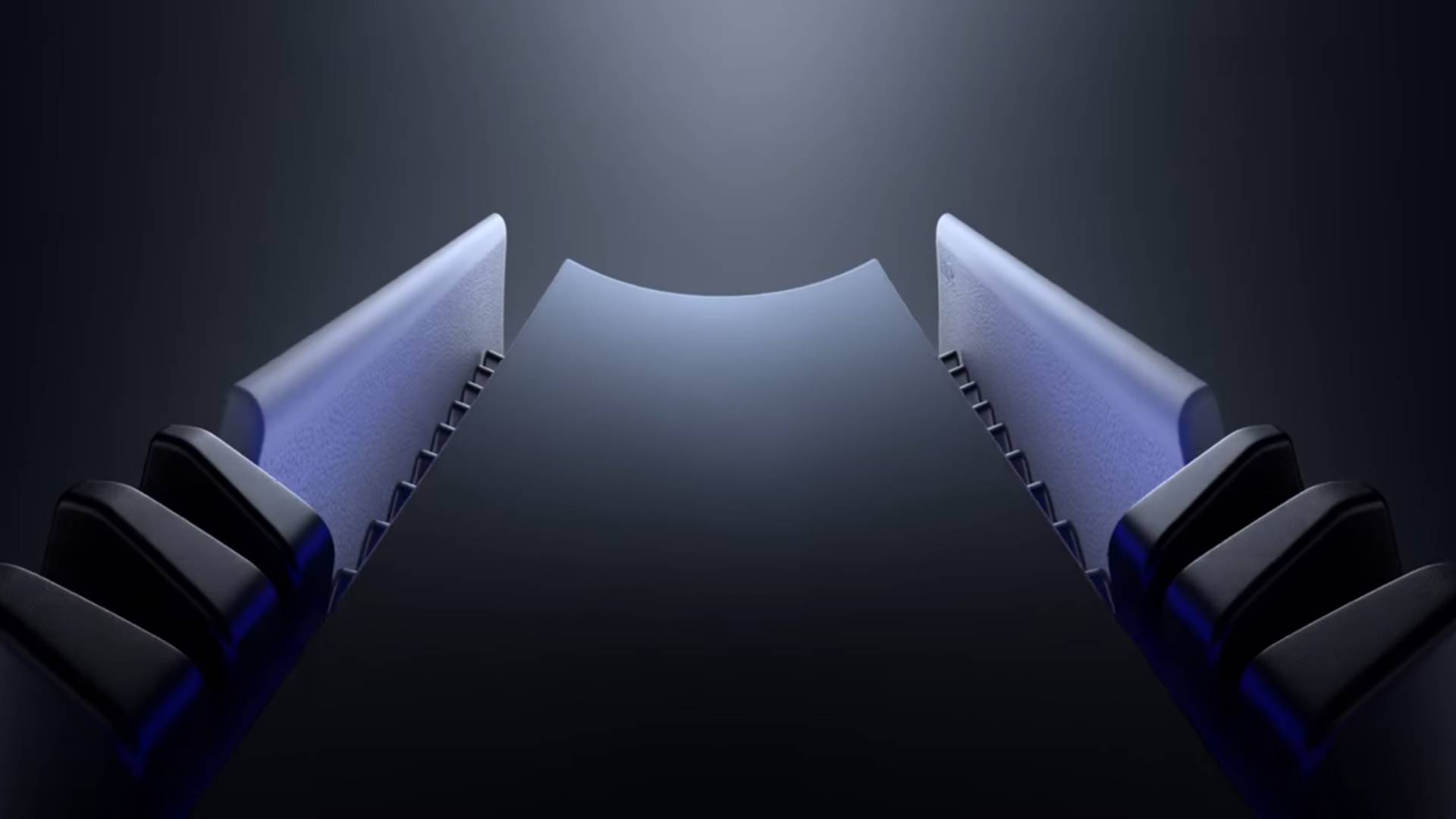PS6 release date speculation soars as PS5 architect Mark Cerny teases "future console" and says "current approach" to lighting and graphics has "reached its limit"
Sony and AMD reveal Project Amethyst tech aimed at next-gen GPU and memory

A new tech talk from AMD and Sony has given us a look into the plans for a future PlayStation console – the presumed but unannounced PS6 – as well as AMD's ambitions for next-gen GPUs and machine learning.
PS5 and PS5 Pro architect Mark Cerny discusses Project Amethyst, a collaboration between Sony and AMD on "Machine Learning-based technology for graphics and gameplay," with AMD SVP and GM Jack Huynh. The talk focuses on three "gaming technology breakthroughs that will lead to benefits across the gaming industry in the future," but I'll skip to the end a bit first.
Cerny says these technologies are "still very early" in development and "only exist in simulation right now," but adds that "the results are quite promising."
Here's arguably the most pertinent line in the whole video. "I'm really excited about bringing them to a future console in a few years time," Cerny says of the nascent tech, stopping just short of calling out the PS6 by name, but offering more than enough detail to rekindle PS6 release date speculation, currently centered around 2028.
In a previous comment, Cerny specifies that "current GPUs, including the ones in PlayStation 5 and PlayStation 5 pro" cannot utilize the proposed technologies due to their structure, further hinting at a future console generation.
Huynh is quick to say that these technologies will come "to developers across every gaming platform, because this isn't just about silicon," which comes as no surprise given AMD's PC presence.

Those technologies can be separated into machine learning and unified GPU architecture, a new "dedicated hardware block" for lighting and ray tracing (or path tracing) dubbed Radiance Cores (which sounds uncannily like a Solar MacGuffin I'd pick up in Destiny 2), and "universal compression" that improves on the DCC (delta color compression) tech used in modern GPUs to conserve memory bandwidth.
Weekly digests, tales from the communities you love, and more
Wagering that "going forward, more and more of what you see on-screen, the detail, the fidelity, the atmosphere, it will be touched or enhanced" by machine learning, Huynh flags advancements in neural networks already found in upscalers like AMD FSR and the PS5 Pro's PSSR.
To overcome inefficiencies in neural networks, Huynh points to "neural arrays," which would allow GPUs to "share data and process things together like a single, focused AI engine" instead of subdividing computation units and problems. "We're not linking the entire GPU into one mega unit," he says, "but we are connecting [computation units] with each shader engine in a smart, efficient way."
Neural arrays will lead to "better FSR, better ray regeneration, and brand new [machine learning] power features we're just starting to imagine," Huynh adds.
Radiance Cores, meanwhile, seek to address GPU bottlenecks. "The challenge is that the current approach has reached its limit," Cerny says of today's ray tracing and lighting tech.

Cerny singles out the shared load of ray tracing and shading work. Huynh, building on AMD's previously announced "Neural Radiance Caching," says Radiance Cores will step in to handle ray traversal (ray tracing and path tracing), which "frees up the CPU for geometry and simulation, and lets the GPU focus on what it does best: shading and lighting."
"There's a significant speed boost that comes from putting the traversal logic in hardware," Cerny agrees, "and a further boost that comes from having that hardware operate independently from the shader cores. On top of those performance increases, there are other features in the works, too, such as flexible and efficient data structures for the geometry being ray-traced.
"Overall, I'm really looking forward to the time when we can get Radiance Cores into the hands of game creators," he concludes.
Finally, universal compression is pitched as a way to check "every piece of data headed to memory, not just textures" and compress it "whenever possible," per Huynh. Where DCC looks at textures and render targets, the proposed UC would evaluate everything, meaning "the GPU can deliver more detail, higher frame rates, and greater efficiency," Huynh says.
Cerny ponders "to what degree the effective bandwidth of the GPU will exceed its paper spec" with universal compression implemented.
Again, this is all largely in the realm of two tech dudes talking excitedly at a camera, but the proposed technologies and their intersection with the PS6 are noteworthy. The PS6 has been in discussion for some time and has likely been in the works for upwards of four to five years, and folks like Cerny are slowly but steadily helping to visualize it.

Austin has been a game journalist for 12 years, having freelanced for the likes of PC Gamer, Eurogamer, IGN, Sports Illustrated, and more while finishing his journalism degree. He's been with GamesRadar+ since 2019. They've yet to realize his position is a cover for his career-spanning Destiny column, and he's kept the ruse going with a lot of news and the occasional feature, all while playing as many roguelikes as possible.
You must confirm your public display name before commenting
Please logout and then login again, you will then be prompted to enter your display name.


